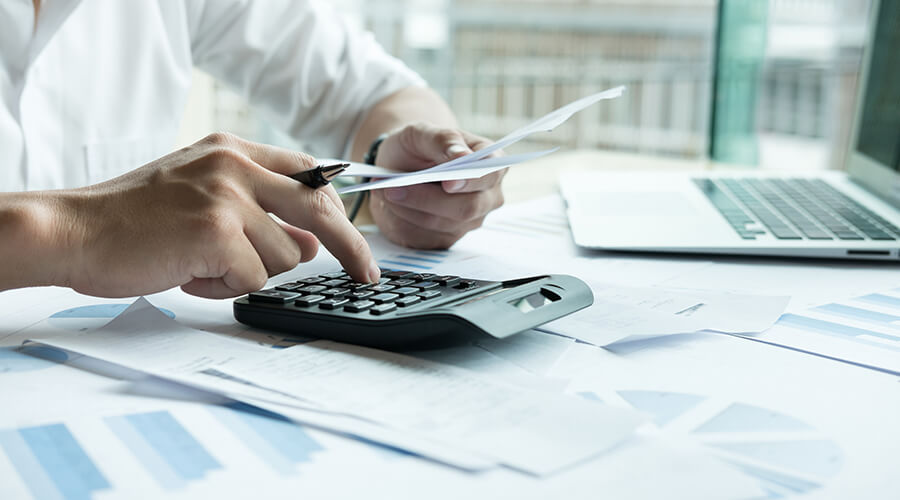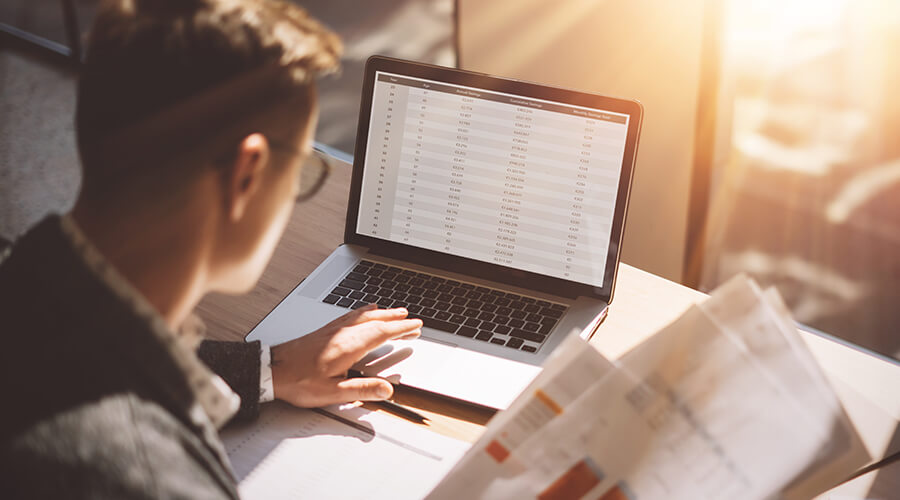As you may already be aware, HMRC implemented an initiative back in April 2019 which worked towards Making Tax Digital for businesses in the UK. This was just the first phase of the scheme with more coming into force in 2020 and the upcoming years.
With this in mind, we have put together a guide on everything that you need to know about Making Tax Digital, especially for small businesses and self-employed individuals, helping you to stay in the loop with the latest updates.
Making Tax Digital: Everything You Need To Know
If you are unfamiliar with the concept of Making Tax Digital, then the concept is relatively straightforward. It is the processes of making HMRC operations paperless, meaning that all documentation will be stored in digital records, and only online accounting software will now be used to complete tax returns. The goal is to make it as easy as possible for organisations, both big and small, to remain organised with their affairs, meaning that at some point, paper records will no longer be a requirement of tax legislation. Our guide will help you to answer the following questions:
- When Will Making Tax Digital Be Implemented?
- How Does Making Tax Digital Affect Businesses?
- What Is The Best Making Tax Digital Software?

When Will Making Tax Digital Be Implemented?
Making Tax Digital is an initiative that is gradually being implemented with the first phase active as of the 1st of April 2019. This involved digitalising VAT for any VAT-registered business that had a taxable turnover above the VAT threshold of £85,000. As opposed to completing paperwork, the VAT returns would be submitted to compatible software. For more complex companies who needed additional information from outside organisations, however, this transition was postponed for six months until October 2019. These included businesses such as trusts and ‘not for profit’ organisations which would need to contact government departments, traders based overseas or local authorities, for example.
By 2021, Making Tax Digital will branch further to Income Tax, Corporation Tax and possibly all VAT-registered businesses; this is a slightly delayed date to accommodate Brexit. Currently, self-employed individuals and landlords can also sign up for the Income Tax pilot, instead of submitting Self Assessment returns.

How Does Making Tax Digital Affect Businesses?
While currently, only VAT-registered businesses are impacted by Making Tax Digital, by the end of the transition, this will apply to all organisations. Below you can find additional information on how the phases could affect you:
Making Tax Digital for VAT
As mentioned above, VAT-registered businesses with taxable turnover above the VAT registration threshold will already be part of the first phase of Making Tax Digital. However, it is possible for those under the current £85,000 threshold to sign up voluntarily. This is something that is actively encouraged by HMRC as it allows organisations to utilise software which provides a better understanding of their performance.
The software used to submit VAT returns holds your digital records for a maximum of six years. It can come in many different forms, depending on which best suits your business. This means that while you can use spreadsheets, it is highly recommended also to take advantage of ‘bridging software’, which is designed to convert your records to the correct digital format before being submitted. The information that you will need to store includes:
- Business name and contact details
- VAT number and details of any schemes used
- VAT on supplies made and received
- Adjustments to returns
- Time of supply (tax point)
- Rate of VAT charged on supplies made
- Reverse charge transactions (if your software doesn’t record them, you need to record them twice as a supply made and a supply received)
- Daily gross takings (DGT) if you use a retail scheme
- Purchases of assets you can reclaim tax on if you use the Flat Rate Scheme
- Value of sales made and total output tax on Gold Accounting Scheme purchases (if applicable)
- Documents covering multiple supplies made or received on behalf of your business (by volunteers, third party businesses or employees)

Making Tax Digital For Individuals (Income Tax)
Although not yet compulsory, the next phases of the initiative will involve signing both landlords and self-employed individuals up for digital tax returns. This will mean that instead of submitting Self Assessment tax returns, all records will be digitally stored and sent remotely to HMRC.
To complete the above, compatible software will be used every three months, will send HMRC a summary of your income and expenses. This will allow you to keep track of any Income Tax you may owe throughout the year. Then at the end of the financial year, you will send a report, which will include your final tax for the year, as well as any allowances and reliefs that you can claim.
Making Tax Digital For Corporation Tax
Unfortunately, there is yet to be any information issued on when we can expect Corporation Tax to be introduced to the Making Tax Digital scheme. However, we do know that this will be confirmed once HMRC has a better idea on the success of the first stages, so the earliest we can predict is 2021.
What Is The Best Making Tax Digital Software?
Luckily, there are a number of different options when it comes to selecting compatible software for your Making Tax Digital transition. Those that are recommended by HMRC include Xero, Quickbooks, and Zoho; all of which are ideal for small businesses. This does mean, however, that organisations that are yet to utilise software will have to accommodate the cost, as well as fees for additional training to ensure compliance. These expenses vary with the government estimating £70 a year but the Institute of Chartered Accountants in England and Wales predicting a much larger £1,250.
When implementing Making Tax Digital, it is important to note that your digital records do not need to be kept all in one place, as long as the data can be exchanged between one another.

